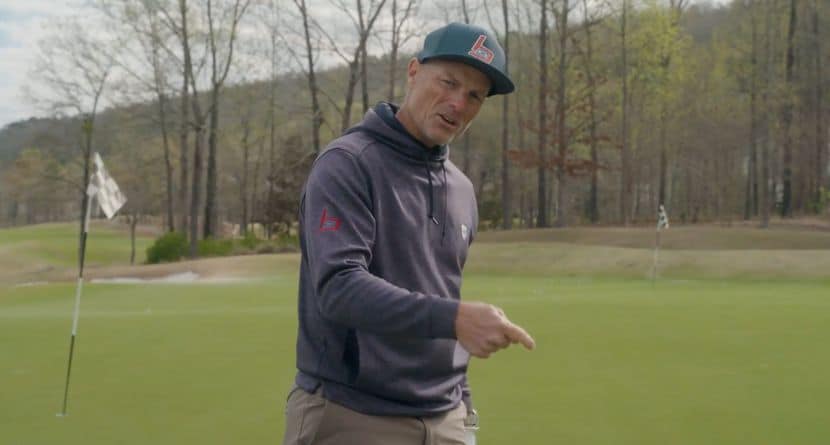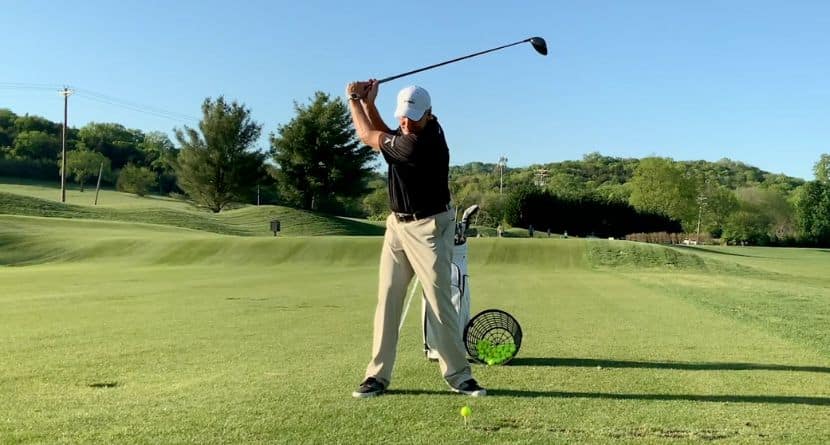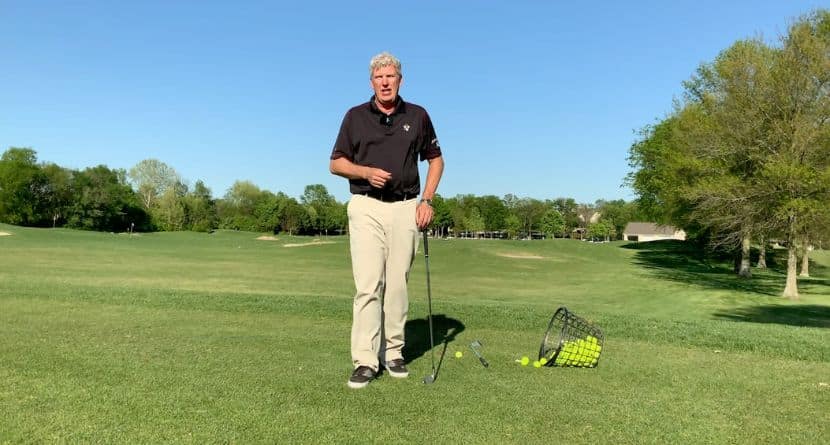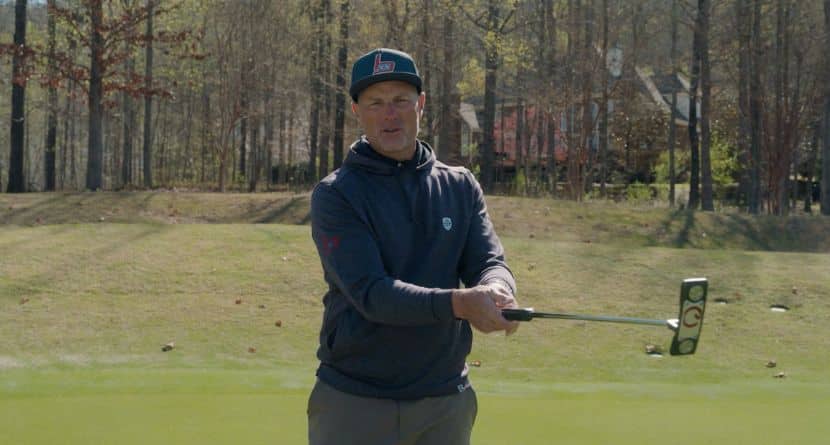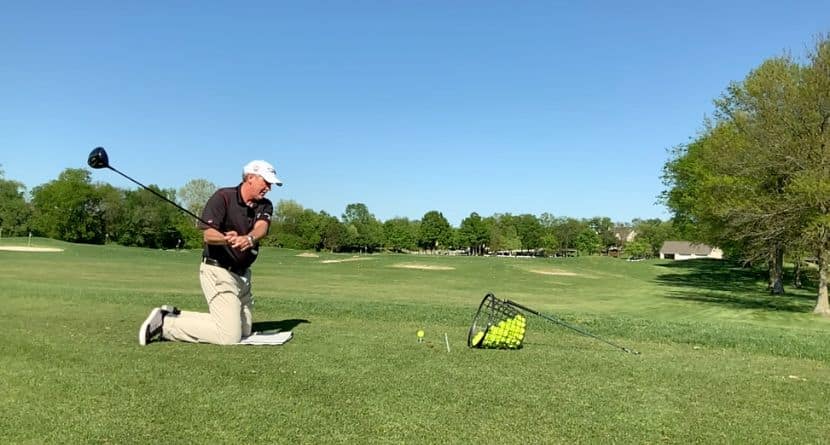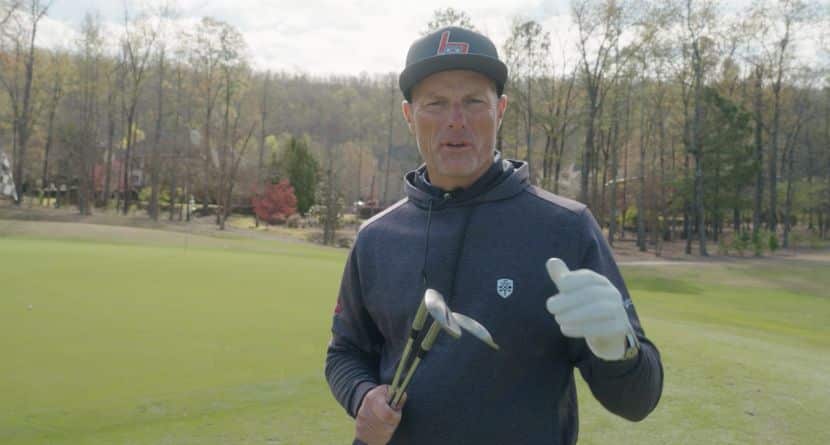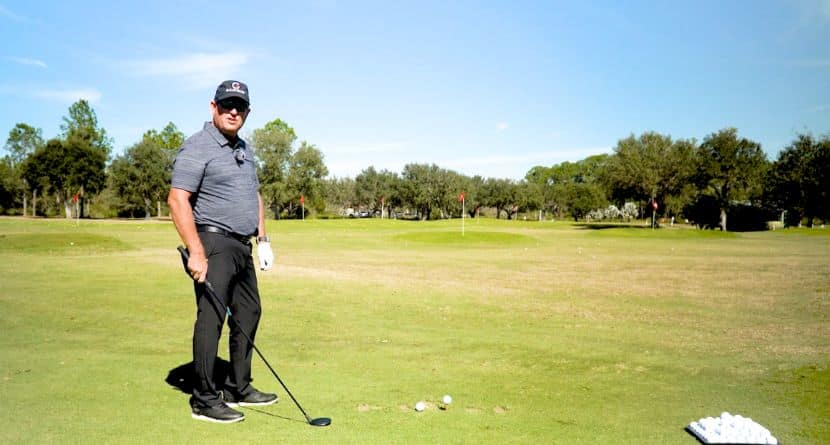In today’s look at a legend of the game, we are focusing on Harry Vardon. That’s right, we are going way back, but it’s definitely worth it to highlight the achievements and swing characteristics that made him a giant in the game. Apart from an amazing legacy that includes a U.S. Open Championship and six Open Championship titles— not to mention 41 other professional victories — Vardon still impacts the game daily, all over the world.
How? Well, chances are if you aren’t using a baseball grip, also known as a ten-finger grip, or interlocking your hands when you play, you are using a variation of the ‘Vardon Grip’ or overlap grip. The grip made famous for how naturally Harry Vardon’s hands fell on the club has been employed both by golf’s best players and beginners alike.
This grip style has the small finger of the bottom hand (right hand for a right-handed golfer) resting on top of, and overlapping the index and middle fingers of the top hand (left hand for a right-handed golfer). Instructors use this grip to transition players whom may have started with a ten finger grip and aren’t ready for the awkward change and feel of an immediate switch to an interlocking grip. This grip is also well-suited for players searching for more feel and timing in the release of the club at impact.
Apart from the grip made famous by Vardon, take a look at his swing motion. Too many students are directed to stay still or quiet over the ball. This is horrible advice for a student that lacks mobility in the upper or lower body, specifically a student looking for more distance or to get their irons in the air.
An amateur’s efforts to stay still and over the ball are the reason they are plowing the club into the ground behind the ball or topping it. Limiting their range of motion is an excellent way to ensure golfers produce minimal speed and power, which results in many giving up the game.
Watch how Vardon allows his hips to freely move back, aided by the lifting of his lead heel and over flexing the lead knee. This all facilitates at full turn and accumulation of maximum potential energy. Vardon was not tall in stature and did not have much mass to throw behind his swing, however, the upright nature of his posture and swing plane allowed him to move off of and away from the ball, swing hard, and barely take divots. A pure strike and flight in even the harshest of conditions.
So, the next time you feel like you are lacking consistent contact because you are moving too much, think of Mr. Vardon. Sure, equipment has changed, but the human body hasn’t — or at least not as much.
Mr. Vardon, at one time an apprentice gardener and a golfer never had a lesson, knew from years of manual weed-whacking (guessing!) that a full turn is essential to maximize power at the bottom of a swinging motion. Furthermore, he knew best not to contact too much of the ground during the swing of a sickle or a club.
If you lack mobility or want to see if a greater range of motion improves your game — free it up. By that I mean allow yourself the freedom to bend that lead side and feel like you get behind the ball a bit. Chances are even if you feel like you have moved too much, you’ve barely shifted. If a similar motion with the heel coming up can work for Bobby Jones and Jack Nicklaus, maybe you can benefit as well!


